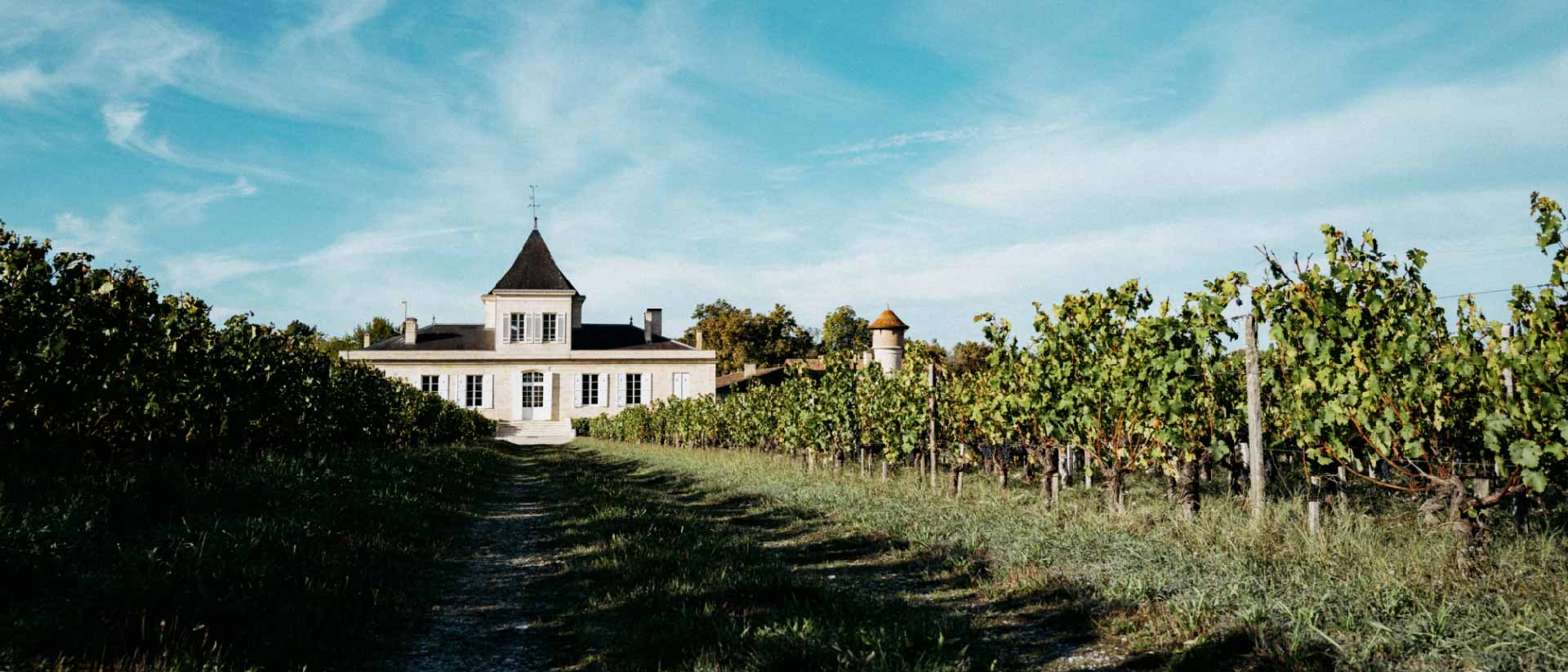Chateau Brane-Cantenac

Producer profile
Listed Wines
Owner
Lurton family
President
Henri Lurton
Annual Production (Grand Vin)
15-20,000 cases
Classification
Second Growth
Appellation
Margaux
Second Wine
Baron de Brane
Interesting Fact
Henri Lurton is largely responsible for the development of the Air Tec system, a method of pneumatic suspension that protects fruit during transportation, and is used at a number of estates in France.

Brand
It’s fair to say that Chateau Brane Cantenac struggled for a while – after the challenges of war and pestilence the estate never fully made it back to its once-revered status.
However, it seems its tides of fortunes are turning. Ever since Henri took the reins and implemented a variety of improvements, the estate’s wines have shown a weight and concentration not seen for some decades, which have curried favour with critics.
As such, it’s no surprise that the chateau has snuck onto the radars of investors, featuring on the Liv-ex Power 100 index in 2013, 2016 and again in 2017. Due to the wine’s affordability, the estate also caught the attention of those keen to own a slice of Parker’s Magical 20 pie. In terms of price and quality, Brane Cantenac offers exceptional value for money – value that’s set to increase as the estate moves closer to its former glory.
Critic Appraisal
Reviews of Brane Cantenac’s wines have been mixed, but they are undoubtedly on an upward trajectory. From Parker, low- to mid-80s scores during the 1990s have been overtaken by mid-90s scores since the new millennium, while James Suckling has consistently bestowed solid scores around the 93 point mark. The 2009 and 2010 vintages seem to have signified a step change for the estate, both scoring 95 points from Parker and demonstrating good growth on the investment landscape. Most recently the 2016 vintage stole the show with a (94-96) pts score from Neal Martin.
History
Known originally as Chateau Gorce, Brane Cantenac was one of the 18th and 19th century’s most acclaimed estates, and during the Gorce family’s reign was said to have produced wines that fetched prices akin to those for Brane Mouton – the precursor to First Growth Mouton Rothschild.
The chateau was purchased in 1833 by Baron Hector de Brance, a larger-than-life character nicknamed the ‘Napoleon of the Vines’, and who made the (at the time) bold move of renaming the estate in his own honour. His wines earned Second Growth status in various 19th century classifications, so it was no surprise that the chateau was cemented as a 2ème Cru Classé in the official 1855 Bordeaux Classification system. Although, such was the quality of the wine produced that it was often referred to as ‘The First of the Seconds’.
But the onset of phylloxera and war during the late 19th and early 20th century led to a decline in quality, and the estate lost much of its reputation. In 1922 it was acquired by the Lurton family, and despite the new ownership Brane Cantenac was perceived for a long time as an underperforming property.
However, since the estate has been in the capable hands of third-generation family member Henri Lurton, there’s been extensive investment in the winery and in vineyard management techniques, and recent vintages have given critics pause for thought, improving steadily over time and hinting at a return to former glory days.
Photo Credit: Chateau Brane-Cantenac | Edward Taylor
An investment like no other
We make investing in fine wine as effortless as drinking it - combining human expertise, data-driven tech and a love for fine wine.


